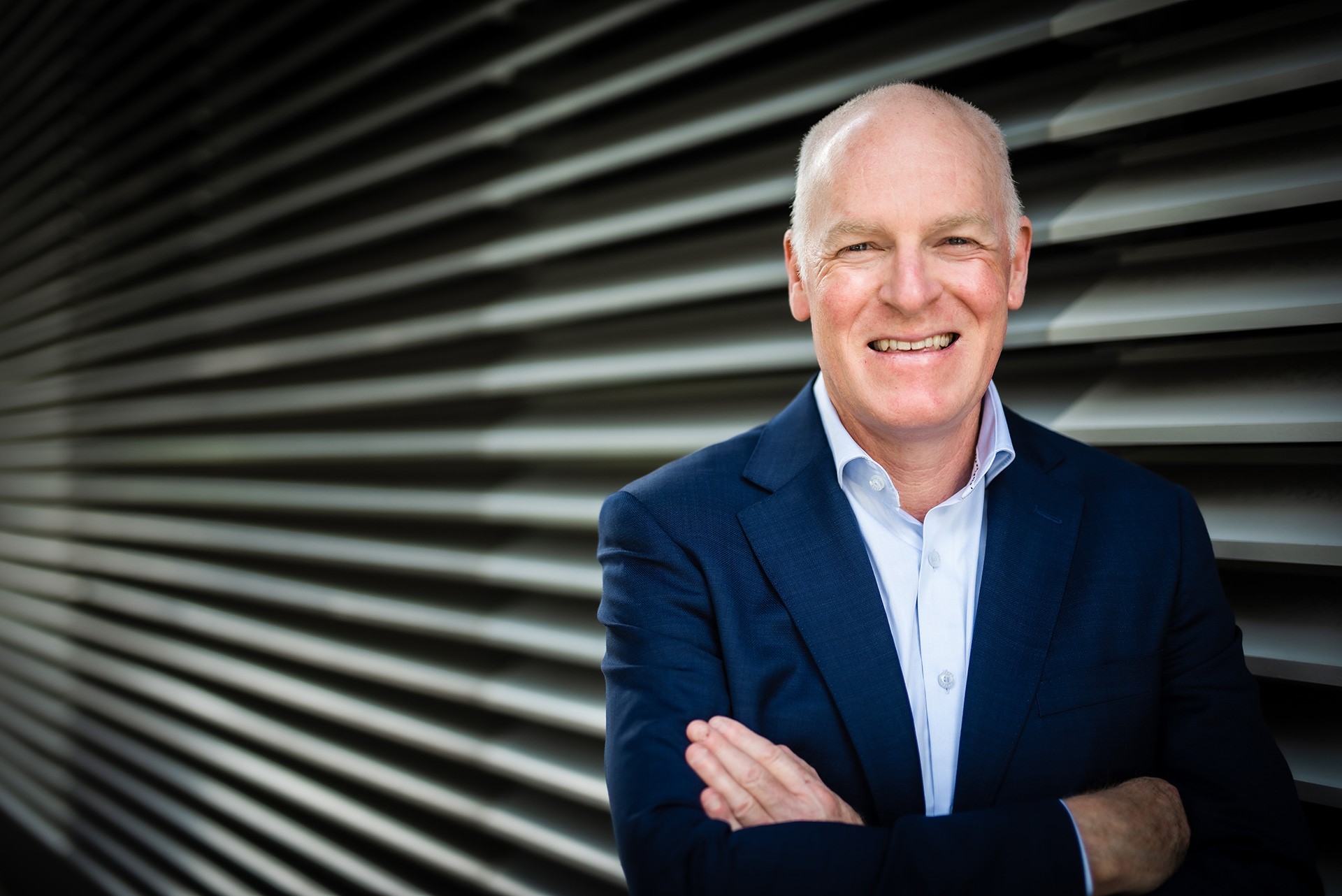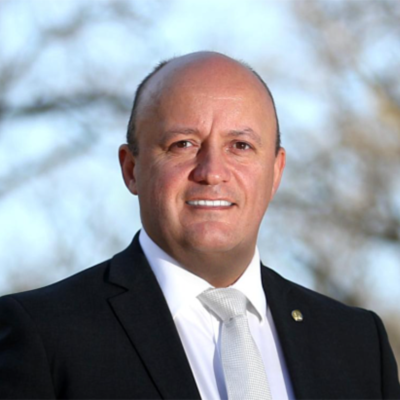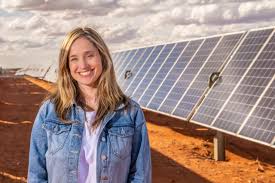BUDGET REACTION – Master Builders Australia said its members were seeking a Federal Budget that supports the very businesses who have the opportunity to boost economic growth, bring down inflation and build for all Australians but are currently hamstrung by their capacity and increasing costs to deliver: builders.
“The Federal Budget has finally recognised the importance of a holistic, cross-portfolio approach to solving the housing crisis and made some inroads but has fallen short of supporting the businesses required to deliver on those projects,” Master Builders Australia CEO Denita Wawn said. 
“As it walks an economic tightrope, the Federal Budget has made positive steps towards boosting housing supply, but it can’t falter mid-way.
“To ensure the industry can build the 1.2 million new homes under the Housing Accord, government Ministers must sing from the same hymn sheet and focus all efforts on boosting housing supply.
“Building enough homes for Australians requires action beyond the housing portfolio and needs skills, migration, infrastructure, industrial relations, defence, social services, and industry portfolios to pull in the same direction,” Ms Wawn said.
“The housing crisis has been decades in the making with a number of portfolios working at cross-purposes and thwarting the industry’s capacity to build enough homes.
“Recent Master Builders research has found that policies outside of the housing portfolio like workforce shortages, industrial relations and material costs erode Federal Government housing funding.
“We must reduce the time it takes to build and minimise increasing construction cost blow outs in infrastructure, commercial and housing projects.
“There is still a long way to go, and Master Builders will work closely with the government to ensure the industry has the capacity and support to build for Australia’s future and continue to deliver strong economic growth for the country,” Ms Wawn said.
Housing investments
Ms Wawn said targeted measures in social housing, student accommodation and critical infrastructure “all go towards relieving some of the more acute supply pinch points”.
“We support the extension of housing programs and agreements including the additional $2.5 billion to increase the cap on bond aggregator financing,” she said.
“Measures to increase student accommodation by requiring universities to do their fair share of new home building for increasing migration numbers is welcome.
“Master Builders welcomes funding to help builders meet stringent federal safety accreditation standards in order to build through the Housing Australia Future Fund.
“Master Builders strongly supports the work of the Office of the Federal Safety Commissioner and its role to ensure industry participants engaging in federally funded work prioritise improvements in safety practices and culture,” Ms Wawn said.
Infrastructure
“Increased funding for critical infrastructure to support new home building reinforces the important role of commercial and civil construction in building sustainable communities,” Ms Wawn said.
Skills and training
“Master Builders welcomes funding to establish the Building Women’s Careers Program which will complement the work of Women Building Australia,” Ms Wawn said.
“Attracting more women in construction plays a critical role in making sure we can attract the half a million workers needed over the next five years.
“The announcement of Fee-Free TAFE and VET places in construction rightfully recognises the role of not-for-profit industry-led RTOs in training the next generation of tradies.
“It’s now up to state and territory governments to ensure industry-run RTOs are held on equal footing with TAFE.
“Master Builders welcomes the $1,500 per year per apprentice for Group Training Organisations to help them reduce fees for those studying in construction industries. This is a huge recognition of the important role GTOs play in supporting the next generation of apprentices,” Ms Wawn said.
“Industry-run RTOs and GTOs like those run by Master Builders associations around the country have excellent retention and completion rates, provide pastoral care and support to apprentices that help them find success in their trade.”
Migration
Ms Wawn said Master Builders Australia unde3rstood that skilled migration “represents a vital piece of the puzzle”.
“We know in the short-term the domestic workforce cannot keep up with demand,” she said. “The investment into prioritising and streamlining skills assessments in construction for potential migrants and those already in the country is a great start.
“For many migrants, it is simply too hard to have their professional capacity recognised to work in a trade in Australia, and they are instead in roles that present fewer hurdles to obtain.
“The Parkinson Migration Review found skills assessments or qualification recognition can take up to 18 months and cost nearly $10,000 – time and money people simply don’t have in this economic climate.
“We would have liked to see more financial support for migrants in Australia to be able to have their skills qualifications recognised or undertake the necessary gaps training to meet Australian standards,” Ms Wawn said.
Business support
Ms Wawn was pleased that the extension of the instant asset write-off took place, but warned it still “falls short of much-needed support for the 440,000-plus small businesses in the building and construction industry”.
“Overall, we have seen measures to support workers but very little for the businesses who are struggling to keep those very workers employed,” she said.
“It’s accepted across the board that business, including small business, is leaned on to spearhead economic recovery, but there have been minimal measures in the budget to boost business productivity,” Ms Wawn said.
Future Made in Australia
“Efforts to boost local manufacturing capability is something Master Builders has consistently supported together with ensuring more reliable global supply chains,” Ms Wawn said.
“Any innovation needs to ensure it is well-targeted and adds value, not risk to building outcomes.
“In the past, we have seen risks emerge with the rush to innovate that contribute to poor building systems and quality outcomes (an example she used was flammable cladding).
“Industry and government need to work closely together on innovation in building and construction to ensure risks are mitigated and for better quality buildings to be delivered.
“We are already seeing good progress on timber innovation, with timber mills boosting structural timber manufacturing capacity thanks to government-supported investment,” Ms Wawn said.
Industrial relations
Master Builders felt that while there were some positive steps in the Budget, the industrial relations landscape “continues to hold the industry back and stops thousands of new homes from getting built” according to Ms Wawn.
“New industrial relations laws will see at least 15,000 fewer homes, almost 8,000 fewer jobs and cost the economy over $113 billion over the next five years,” she said.
“The Budget missed an opportunity to provide adequate resources for the Fair Work Ombudsman to clean up the industry and stamp out unlawful union behaviour on construction sites.
“When the ABCC was abolished, the industry was reassured by the Federal Government that the FWO would be given the resources and support it needed to uphold workplace laws, but we have not seen that happen,” Ms Wawn said.
“Master Builders Australia now calls on the Federal Government to introduce an industry-specific regulator with real teeth to clean up increasing disruption and unlawful behaviour on construction sites which ultimately blows out construction costs and timeframes.”
Measures highlighted by Master Builders Australia in the Federal Budget
- $1 billion directed towards crisis and transitional accommodation for women and children fleeing domestic violence, and youth under the National Housing Infrastructure Facility. This includes increasing the proportion of grants for this investment from $175 million to $700 million in the Budget to be able to support crisis and transitional housing.
- $1 billion to get homes built sooner – funding for states and territories to build the roads, sewers, energy, water and community infrastructure that we need for new homes and for additional social housing supply.
- A new $9.3 billion five-year National Agreement on Social Housing and Homelessness – for states and territories to combat homelessness, provide crisis support and build and repair social housing. This includes a doubling of Commonwealth homelessness funding to $400 million every year, matched by states and territories.
- Increasing the cap on the government’s guarantee of Housing Australia’s liabilities by $2.5 billion to $10 billion with an associated increase in the line of credit that supports the Affordable Housing Bond Aggregator of $3 billion to $4 billion.
- Reimbursement for GTOs of up to $1,500 per year, per apprentice to allow them to reduce fees for those studying in the clean energy, manufacturing and construction industries.
- $55.6 million over four years to establish the Building Women’s Careers Program.
- Work with the higher education sector on new regulation to require universities to increase their supply of student accommodation for domestic and international students.
- An additional $265.1 million over four years in financial support for apprentices and their employees. Apprentices and employers in priority occupations will receive an extra $2,000 to $1,000 respectively.
- $62.4 million for additional 15,000 Fee-Free TAFE and VET places in construction over two years from 1 January 2025.
- $26.4 million for approximately 5,000 places in pre-apprenticeship programs in construction over two years from 1 January 2025.
- $1.8 million to streamline skills assessment for around 1,900 potential migrants from countries with comparable qualifications.
- Prioritise the processing of around 2,600 Trades Recognition Australia skills assessments in construction.
- $7 million to help residential builders get accredited through the Office of the Federal Safety Commissioner when applying for Housing Australia Future Fund funding.
- $6.2 million for peak industry bodies to provide support and assist residential builders in obtaining accreditation under the Federal Safety Commissioner scheme.
- 12-month extension of the $20,000 Instant Asset Write-Off for businesses with turnovers capped at $10 million.
- $19.7 million over six years to support housing research, fast-track feasibility studies on the release of Commonwealth land to support social and affordable housing.
www.masterbuilders.com.au
ends


 How to resolve AdBlock issue?
How to resolve AdBlock issue? 




